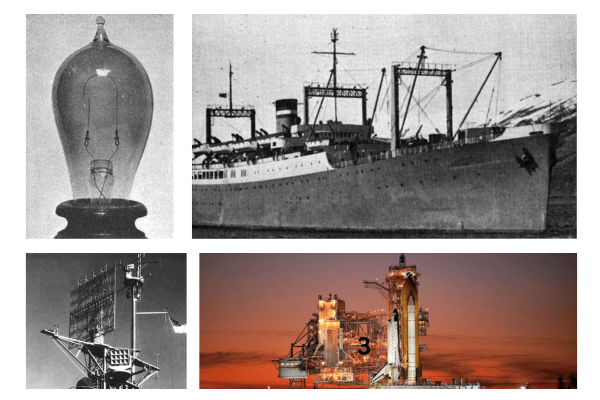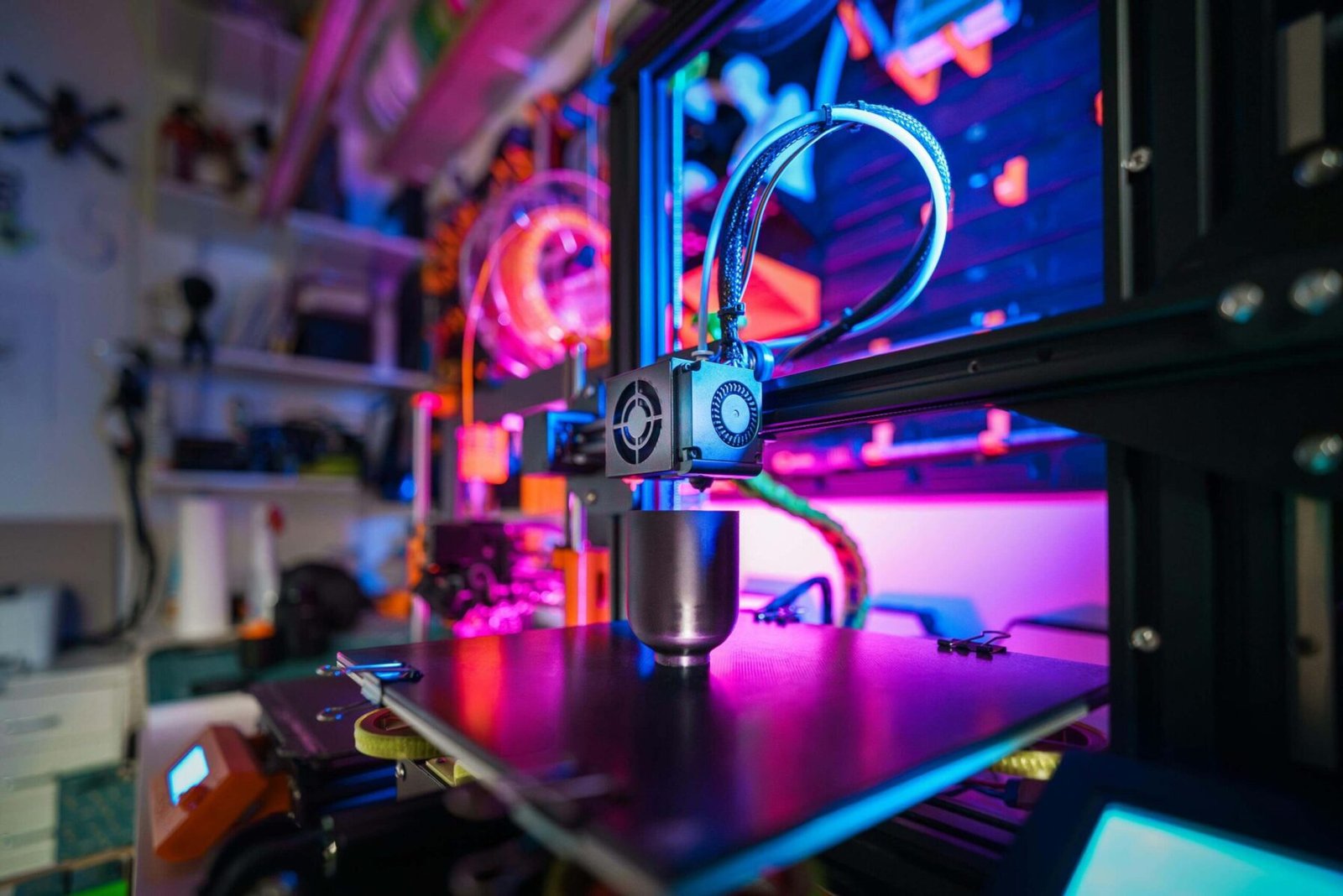
The Impact of Inventors on Modern Society
Explore how inventors have shaped modern society through groundbreaking innovations, transforming technology, science, and everyday life.
The Impact of Inventors on Modern Society
Throughout the history of civilization, inventors have been crucial in forming societies. They have consistently advanced humanity with their inventions, which range from simple tools to sophisticated technologies. Inventors have changed the path of history, whether it is Hedy Lamarr, whose inventions led to current wireless communication, or Alfred Nobel, who created the Nobel Prize and invented dynamite. We will examine important innovators from each period in further detail in this section, including those from the 1800s, African American inventors, and women inventors who broke down barriers to leave enduring contributions.

Ancient Times: Early Inventions that Shaped Civilization
The basis for human advancement was established by innovators in antiquity. Imhotep, an Egyptian architect and polymath, is credited with designing the Step Pyramid, one of the first massive stone structures in history. Early historical innovations like the wheel and writing, which originated in Mesopotamia, transformed human society. Early civilizations were able to thrive thanks to these advances in engineering, handicraft, and agriculture, which also cleared the path for later inventions.

Fig: Step Pyramid of Djoser, Ancient Wheel, Writings.
The Middle Ages: Inventors Invention Amidst Renaissance and Discovery
According to several traditional legends, the Middle Ages, which roughly spanned the fifth century to the late fifteenth century, were a time of stagnation and darkness. Nonetheless, this period saw important inventions and set the stage for many contemporary advancements, particularly in its later years. Despite being seen as a period of stagnation, the Middle Ages saw the development of important inventions. Johannes Gutenberg’s invention of the printing press in the fifteenth century was one of the most revolutionary. The European Renaissance was sparked by this invention, which made it possible to produce books in large quantities and significantly increase access to knowledge. The foundation for international exploration and trade was established by other innovations such as mechanical clocks and improvements in navigational aids like the compass. The Industrial Revolution was made possible by the silent but crucial innovation of the Middle Ages.
Learn More About Microplastic Pollution Solutions: Revolutionizing Clean Ocean
Galaxies Mystery
Galaxies are among the universe’s most mysterious and awe-inspiring structures, home to billions of stars, planets, and other celestial objects. One of the greatest enigmas is the presence of dark matter, an invisible substance that holds galaxies together through its gravitational pull. Within their cores, supermassive black holes lurk, consuming matter and emitting powerful jets of energy, shaping the galaxy’s evolution. Some galaxies defy explanation, such as those with almost no dark matter or stars moving at unimaginable speeds. Others, like quasars, shine with incredible luminosity, powered by ancient black holes. Galaxies are not only cosmic wonders but also hold the secrets to understanding the universe’s past, present, and future.
The 19th Century: Industrial Revolution and Groundbreaking Innovations
Although the Middle Ages are sometimes thought of as a period of stagnation, important inventions did occur during this time. Johannes Gutenberg’s invention of the printing press in the fifteenth century was one of the most revolutionary. The European Renaissance was sparked by this invention, which made it possible to produce books in large quantities and significantly increase access to knowledge.
The foundation for international exploration and trade was established by other innovations such as mechanical clocks and improvements in navigational aids like the compass. The Industrial Revolution was made possible by the silent but crucial innovation of the Middle Ages.

Fig: 1-Slendang (Shoulder Cloth), 2-Giffard’s Injector, 3-Iron stove
The Early 20th Century: Pioneers of Modern Technology
Inventors in the early 20th century redefined the boundaries of technological capability. Among his many other innovations, Thomas Edison, one of the most prolific inventors in history, created the phonograph, the electric light bulb, and motion pictures. The Thomas Edison National Historical Park honors his legacy by commemorating his efforts.
During this time, women inventors also started to be acknowledged for their innovative contributions. Frequency-hopping spread-spectrum technology, which served as the basis for modern Wi-Fi, Bluetooth, and GPS systems, was co-developed by Hollywood actress and inventor Hedy Lamarr.
Read Our Article On Historical Inventions Across Different Eras: A Journey Through Time

Fig: Early Light, Ships,Radar, Rocket Launch Pad
Garrett Morgan, an African American inventor who invented the traffic signal and the gas mask—two innovations that saved many lives—was another important person. These trailblazers are prime examples of how innovators advanced science and technology to have a long-lasting effect on society.
Conclusion: Celebrating the Legacy of Inventors
Inventors have continuously influenced the path of history, from prehistoric times to the digital era. From basic tools to sophisticated technologies, their efforts have raised living standards and changed entire communities. The quest of creation is a timeless undertaking, as demonstrated by the legacies of Hedy Lamarr, Alfred Nobel, Lewis Latimer, Garrett Morgan, and innumerable others. We continue to honor these innovators and inspire the next generation to have great dreams and create game-changing inventions.
















It’s perfect time to make some plans for the future and it’s time to be happy. I’ve read this post and if I could I wish to suggest you few interesting things or advice. Maybe you can write next articles referring to this article. I wish to read more things about it!